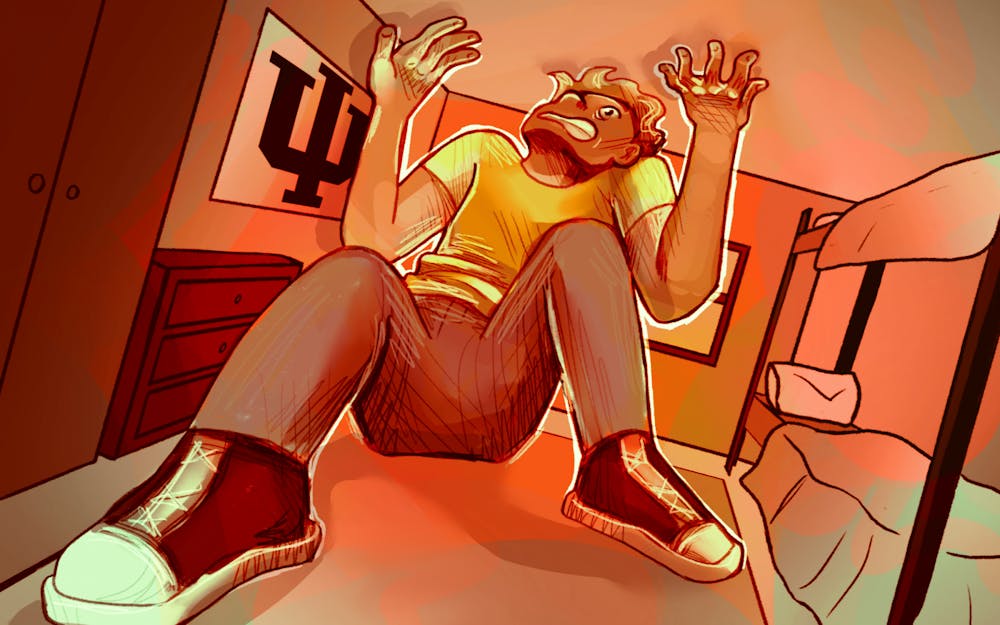Two desks. Two bedframes. Two closets. A shared dresser. A north facing window.
This is what I saw when I walked into my dorm room this year. Without any decorations, it looked desolate and depressing. Now, the air of depression still hangs over the intensely decorated room.
College dorm rooms can’t be a good place to live. With limited floor space and zero privacy, college students are forced to share significant portions of their lives with someone they might not even know. Living like this can’t be normalized, especially when taking health concerns into account.
[Related: OPINION: It's OK if college isn't 'the time of your life']
Let’s take a step back and think about overcrowding. A study from the World Health Organization in 2018 showed that overcrowded households transmit diseases to each other more frequently than non-crowded households. This should already be a major concern for universities, and it clearly has been for the past few years. Jamming a bunch of young adults into cramped spaces is simply asking for all of them to catch COVID-19 and other infectious diseases.
After taking physical health into account, let’s consider the effects on mental health. That same WHO study found that overcrowded houses have a moderate and negative impact on mental health, especially anxiety and depression.
Psychology Today even said that not having sufficient alone time can cause increased levels of stress and anxiety. When living in a single room with another person, there is a limited amount of alone time. There’s really no private space for students when the rooms, bathrooms and study areas are constantly communal. Sure, there are gender-neutral bathrooms that offer some privacy for showers but having only a single place that is a designated one-person-at-a-time spot is not enough.
Some responses to this plea for private spaces have been nothing short of insensitive. In 2018, a student at the University of Utah created a “Cry Closet” during exam week, providing a closet full of stuffed animals that allowed students to cry in peace. Personally, I can’t think of anything worse than having my only guaranteed alone space to cry in the middle of a library. I understand how this is helpful to some students, but it is baffling to me how the response had to come from the students rather than the university itself.
[Related: OPINION: IU student mental health services should be ready for a flood]
Instead of understanding how this constant communal lifestyle can be harmful, universities are looking to find ways to cram more students into smaller buildings. For example, the University of California Santa Barbara received $65 million in 2014 to create a mega-dorm called Munger Hall. This 1.7 million square foot residence hall brings in so many ethical dilemmas regarding student housing since most rooms do not have access to natural sunlight. While it could house 4,500 students, most rooms are questionably small, only measuring about 7 feet by 10 feet. For reference, a standard solitary confinement cell, or Special Housing Unit, measures 6 feet by 8 feet.
I have no idea what the solution could be. Maybe more suite-style rooms or easier access to coping mechanisms like cooking and working out?
Dorm living is an American collegiate institution. It’s hard to think of cost-effective solutions. I really do hope that universities start putting more money towards improving existing mental health facilities since the conversation surrounding mental health has gained more traction since the start of the pandemic.
Until then, I guess we will make the best out of an ethically ambiguous situation by creating our own closets to cry in.
Char Jones (they/her) is a sophomore studying English and journalism.






